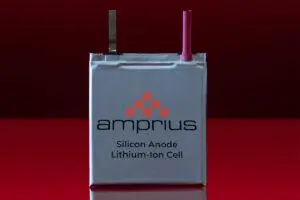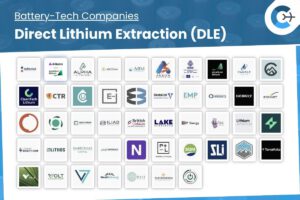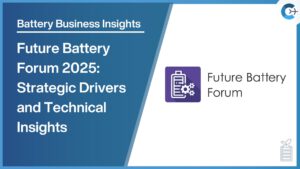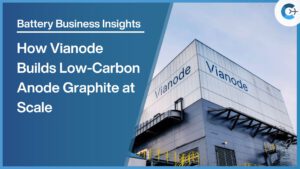Skeleton Technologies has introduced GrapheneGPU, a high-performance energy storage system designed to improve efficiency in AI data centers. Leveraging the company’s proprietary Curved Graphene material, GrapheneGPU reduces AI energy consumption by up to 45% and cuts peak power connection requirements by 44%, while boosting computing performance by 40% in FLOPS.
The system addresses critical challenges in AI infrastructure, where GPUs can swing from full load to idle in seconds, causing sharp power spikes followed by periods of wasted energy. To maintain grid stability, many centers use dummy loads during idle phases, dissipating up to 45% of power as heat without any computational benefit. GrapheneGPU replaces this approach by storing energy during low-demand intervals and releasing it during peaks, smoothing out power fluctuations, reducing cooling needs, and eliminating the need for artificial loads.
By nearly halving both energy usage and peak power demand, GrapheneGPU can lower capital expenditures on grid upgrades and reduce ongoing operational costs. Skeleton reports that the product has completed validation under demanding power profiles set by leading hyperscalers. Initial shipments will originate from the company’s German facility beginning in June 2025, with U.S. manufacturing planned for the first quarter of 2026 to meet growing global demand.
According to the International Energy Agency, global electricity consumption by AI data centers is expected to reach 945 TWh by 2030, with the U.S. accounting for roughly 240 TWh and Europe over 150 TWh. As data centers double computing and energy demands annually, constrained grid capacity and lengthy timelines—up to seven years—to build new substations pose significant barriers to expansion.
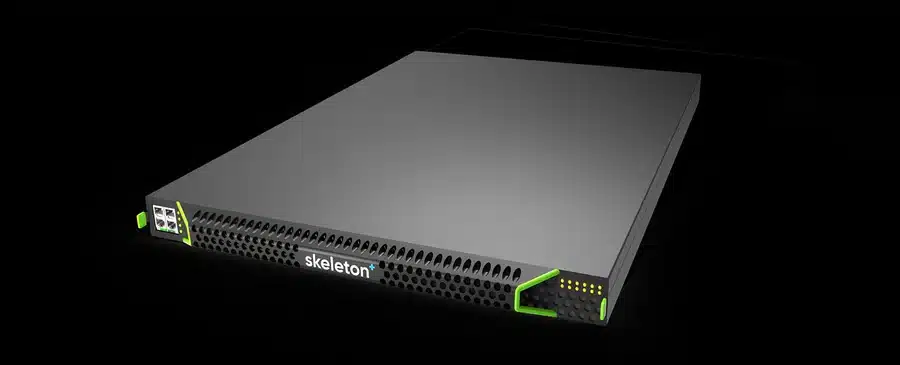
“Powered by our patented Curved Graphene, this is a fundamental shift in how AI infrastructure can scale—sustainably and economically,” said Taavi Madiberk, CEO of Skeleton Technologies. GrapheneGPU combines peak-shaving supercapacitors with AI-driven control software, offering compatibility with existing data center setups and enabling climate-resilient growth without additional power generation or costly grid enhancements.




